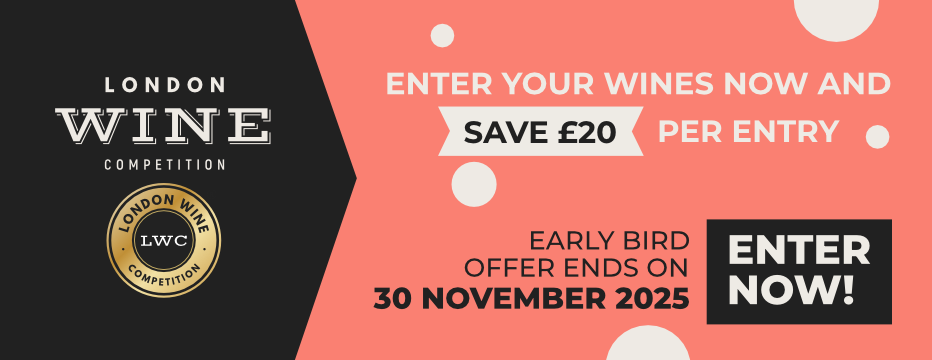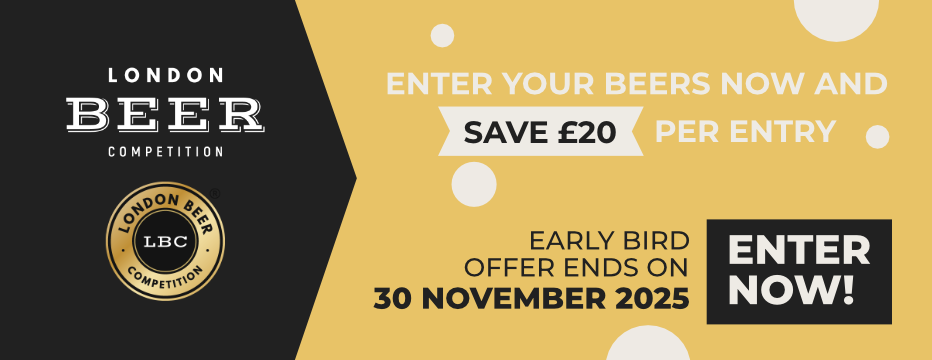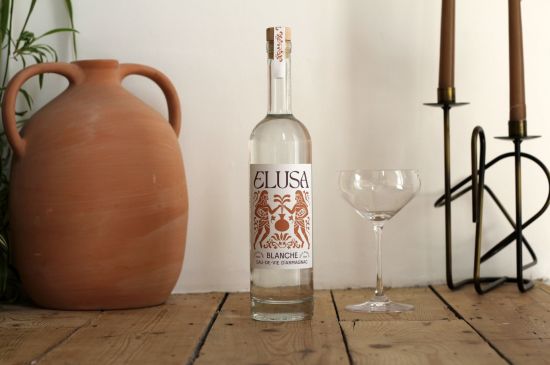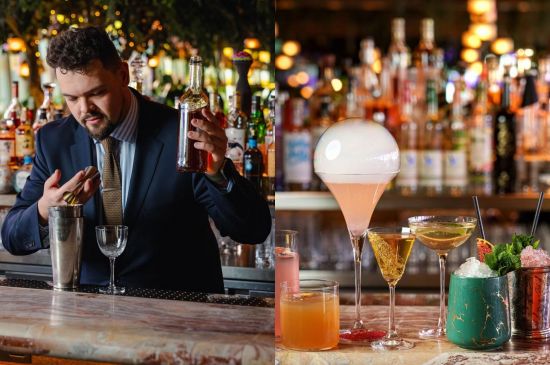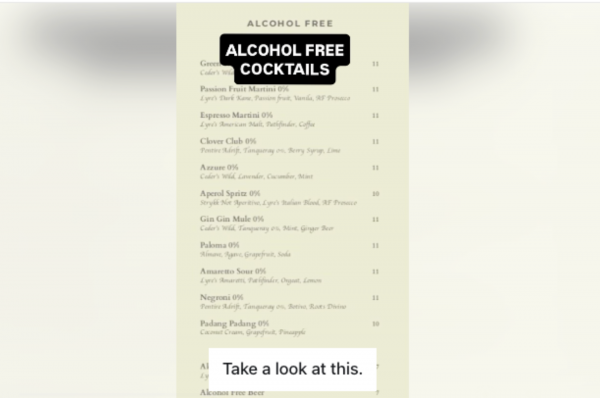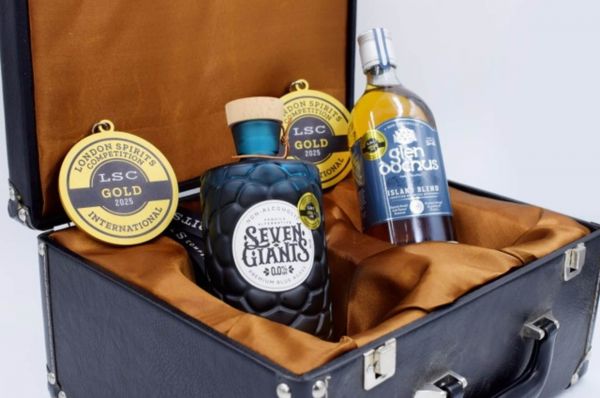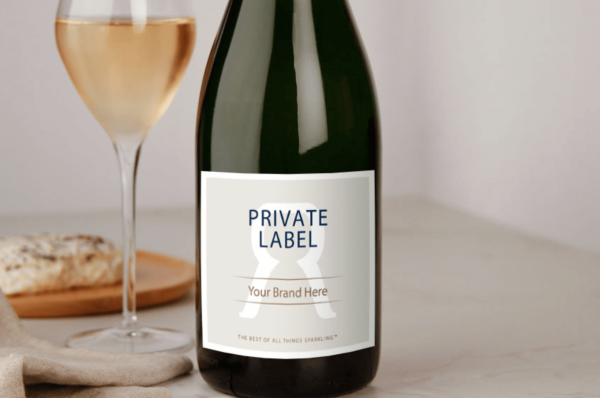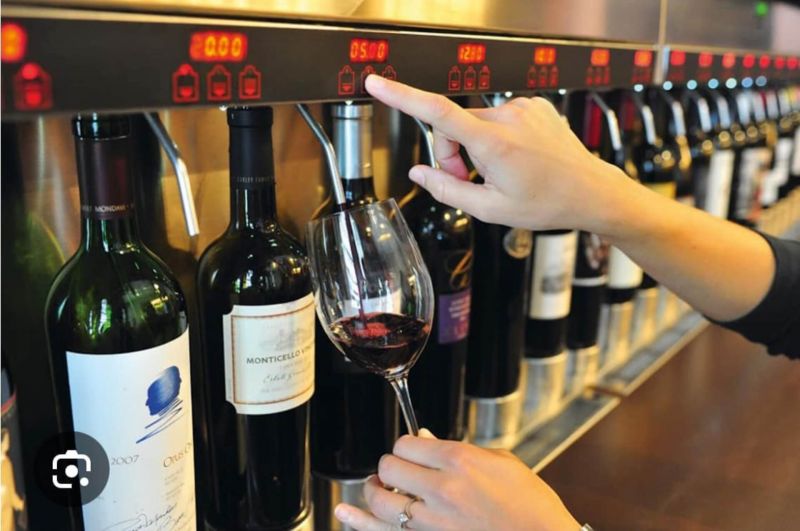
04/07/2025 From fine dining to gastropubs, wine on tap is shifting perceptions, cutting costs, and modernising service across the hospitality settings.
There was a time when ordering wine on tap in a bar would have been met with scepticism, or worse, dismissal. Associated with low-quality blends and cost-cutting measures, draught wine had a serious image problem. But times are changing. Across pubs, restaurants, and trendy wine bars, a quiet revolution is underway. Kegs are no longer just for beer; they’re home to everything from village-level Burgundy to premium Champagne. Tap wine, once seen as a compromise, is being reimagined as a format of efficiency, freshness, and sustainability. With the rise of eco-conscious hospitality and consumer openness to packaging innovations, keg wine is stepping into the spotlight. Top-tier importers like Uncharted Wines and operations like The Wine Keg Company are pushing the boundaries, supplying premium wines to high-profile venues. These wines are served fresher, with less waste, and a lower carbon footprint.
The question now is not whether tap wine can compete with the bottle, but whether it might surpass it, at least for on-trade. With both quality and convenience on its side, tap wine may be leaving its “cheap plonk” past behind once and for all.
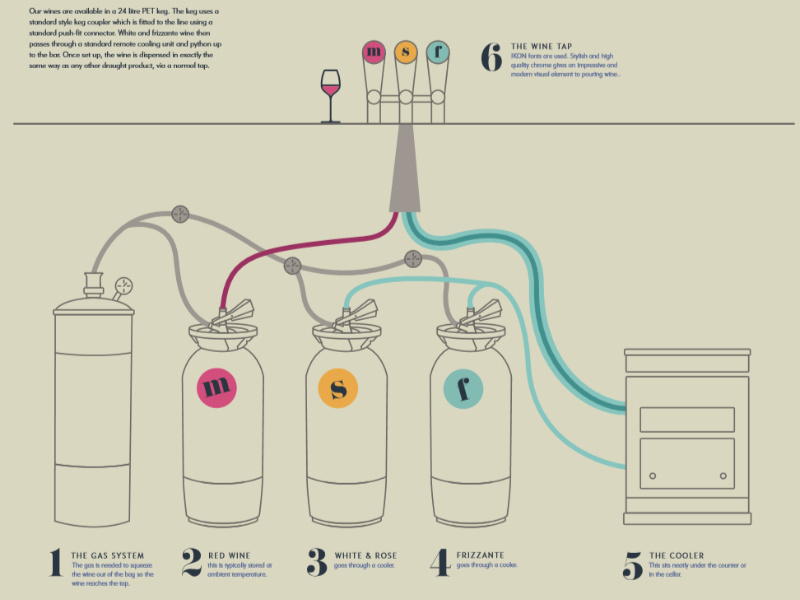
Source: The Wine Keg Company
Roots & Early Adoption
While wine on tap has flourished in countries like the US, Italy, and Australia, its roots in the UK were less glamorous. Early adopters like Wetherspoons introduced tap wine as a low-cost alternative, but without much attention to quality. The format never fully gained traction in premium hospitality until recently. The real turning point came when wine importers and distributors began recognising the keg as a viable vessel for quality wine. Pioneers like Uncharted Wines brought in European wines, natural, biodynamic, and appellation-specific, and made them available on tap to discerning venues. The Wine Keg Company also stepped in, distributing kegged Pinot Noir, Chardonnay, and sparkling wines to bars and pop-ups. Suddenly, tap wine had a new identity: modern, sustainable, and high quality.
Why Tap Wine Works: Freshness, Efficiency & Cost
One of the most compelling benefits of wine on tap is freshness. Once tapped, wine in a keg is protected from oxygen, allowing it to remain stable for weeks or even months without degradation. This is a game-changer for busy bars and restaurants, where bottle oxidation can lead to costly waste and inconsistent service. Tap systems also increase efficiency. Staff can serve a glass or carafe in seconds, no bottles to uncork, no labels to check, no risk of pouring from a spoiled bottle. This is particularly valuable in high-volume venues or where less experienced staff handle drinks service. From a financial perspective, cost control is key. A 20L keg yields the equivalent of around 27 bottles, with no risk of breakage, cork taint, or partial-bottle waste. Venues benefit from better margins and can offer wine in flexible volumes, by the glass, 250ml, carafe, or litre.
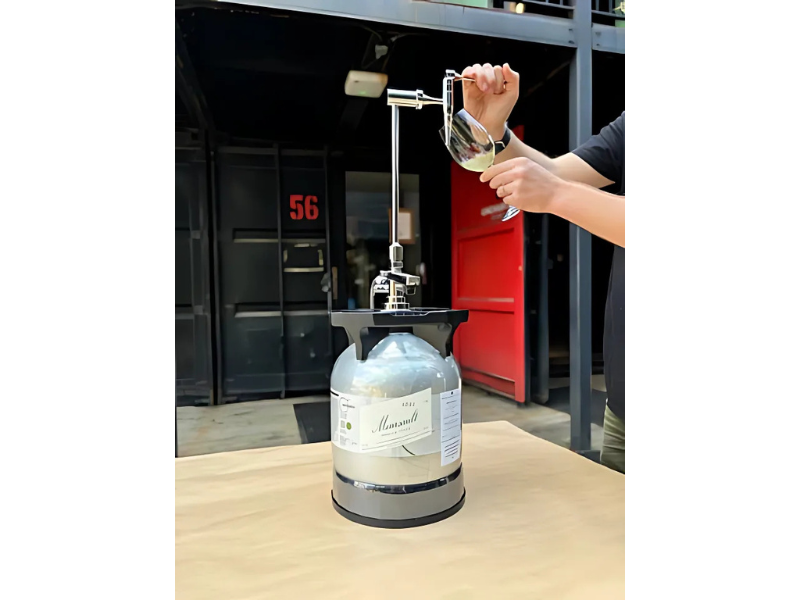
Source: Uncharted Wines
Sustainability: From Glass Bottles to Kegs
One of the strongest arguments in favour of tap wine is its sustainability. Kegged wine drastically reduces the use of glass, corks, labels, and cardboard packaging. One 20L keg replaces 27 bottles, meaning fewer raw materials, reduced transportation weight, and lower carbon emissions. Studies have shown that using wine kegs can significantly lower a venue's wine-related carbon footprint compared to traditional bottles. According to data from Defy.wine and Infowine, wine served on tap can reduce carbon emissions by more than 30%, and in some cases, by as much as 70% less CO₂ compared to bottled wine. These savings come from reduced packaging, lighter logistics, and longer product stability.
While reusable stainless steel kegs are the gold standard for sustainability, newer innovations like PolyKeg and KeyKeg offer a more flexible, recyclable alternative that’s easier for venues without return logistics. Compared to alternative packaging formats like cans and boxes, kegs still provide the best wine preservation for on-trade use. With pressure-sealed valves and gas systems that don’t touch the liquid, tap wine remains stable, fresh, and protected from light and oxidation.
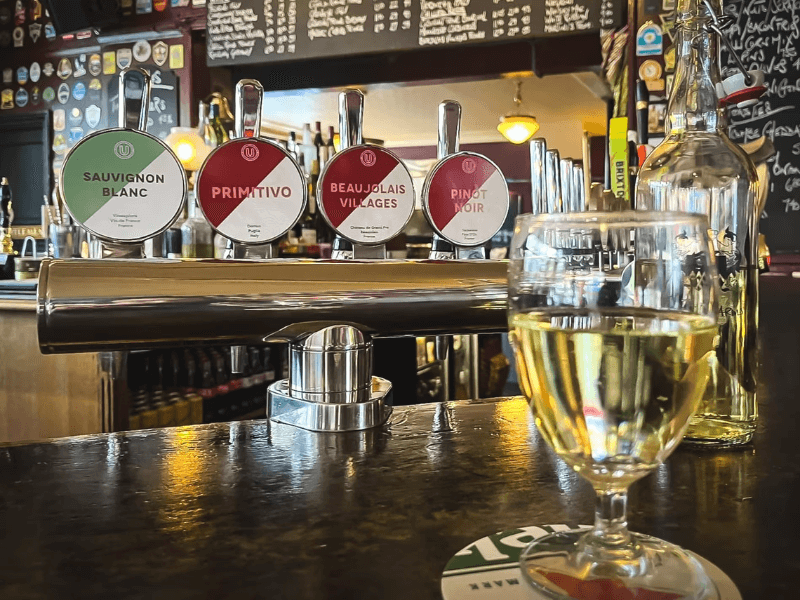
Source: The Guardian
Premium Producers & Quality Leaps
The old stigma around tap wine being “cheap” is quickly being replaced by a new reality: premium wines served fresher and more consistently than their bottled counterparts.
Uncharted Wines, now one of Europe’s largest keg wine importers, offers over 60 wines on tap, from fresh Loire Sauvignon to elegant Nebbiolo. Their clients include Padella, Coombeshead Farm, and Blacklock, all known for exceptional wine programs. The emphasis is on quality and transparency: vineyard-driven wines, made with integrity, just served differently.
Similarly, The Wine Keg Company specialises in Italian imports like Merlot, Pinot Grigio, and Prosecco on tap. Their model supports events and bars that want to elevate their wine offering while maintaining speed and affordability.
Graft Wine, another respected importer, has introduced keg wine programs to UK restaurants, further proving that top-tier producers are no longer avoiding this format. The presence of natural, organic, and regional wines on tap is reinforcing the quality message.
More Wine offers organic and low-intervention wines in kegs, boxes, and pouches. Their portfolio focuses on sustainable packaging and natural winemaking, ideal for casual but quality-driven venues.
Vindependents is a member-based importer that now provides keg wine options to UK restaurants. They specialise in sourcing characterful, terroir-driven wines from small European producers.
Tapped Wines curates artisan kegged wines from across Europe. Their range focuses on varieties that suit high-volume venues while maintaining quality and authenticity.
Frizzenti, founded in 2007, supplies still and sparkling wines on tap to bars, restaurants, and stadiums across the UK. They offer both stainless steel and recyclable KeyKeg systems to ensure consistent freshness and efficiency.
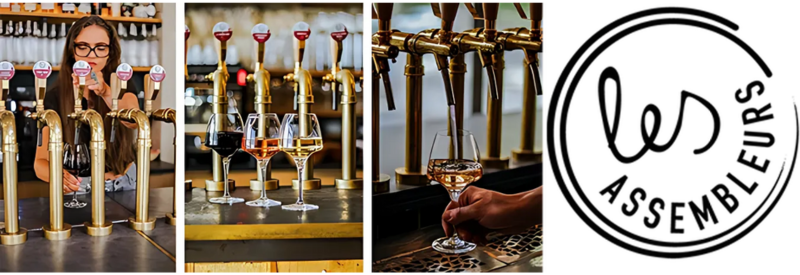
Source: KeyKeg
Consumer Perception & Technology
For many years, tap wine suffered from poor perception: watery blends, unknown origins, and questionable freshness. But as more consumers experience premium wine served on tap in credible settings, the stigma is fading. According to Emily Jago of JKS Restaurants, draught wine is now more about consistency and sustainability than compromise. “It’s fresher, faster, and easier to train staff on,” she noted in a Guardian interview. Among younger consumers, particularly millennials and Gen Z, there’s a growing comfort with alternative formats. Boxed wine, canned wine, and now tap wine are all gaining credibility as eco-forward, functional, and quality-driven.
Technological advancements have also played a major role in changing perceptions. Bag-in-keg systems like KeyKeg and PolyKeg allow for hygienic, gas-free dispensing, maintaining wine purity without oxidation. These kegs are lightweight, stackable, and recyclable, requiring no return. For larger venues or those with access to logistics infrastructure, reusable steel kegs offer a closed-loop system, though they come with added costs for return and cleaning. Dispense systems have also evolved. Sankey couplers, gas lines (often nitrogen), and flow control taps enable seamless pours that match the standards expected from beer taps. These innovations ensure consistent quality and service while maintaining wine integrity.
Despite its many advantages, tap wine is not without its challenges. Concerns remain around the recyclability of plastic kegs and the infrastructure required for responsible disposal or reuse. Smaller producers and venues may also face logistical hurdles such as the need to clean and store steel kegs or to meet the volume demands required for kegging programs. However, the overall outlook is overwhelmingly positive. The number of venues adopting wine on tap is growing rapidly, and companies like Love Wine on Tap expect this trend to continue accelerating. As English wine producers and premium importers embrace direct-to-venue formats, keg wine is gaining momentum with mainstream audiences. For hospitality operators, the benefits are clear: fresher wine, fewer faults, faster service, and improved profit margins. With minimal setup costs, particularly when existing beer lines are repurposed, restaurants and bars can deliver high-quality wines in a sustainable format that also tells a compelling story. As consumer preferences shift further toward environmentally conscious experiences, tap wine presents a smart and scalable solution that aligns with both operational goals and ethical values. While bottles still hold ceremonial appeal, kegs are becoming the hallmark of a more modern, efficient, and sustainable future for wine service.
Header image source: The Real Review
Also Read:
Marcello Cauda: London’s Leading Bars Manager on Balancing Innovation and Profitability
The Economics Of Sustainability
How to design a bar with ambience – insight from a top designer
TAGS:
 The On Trade
The On Trade 